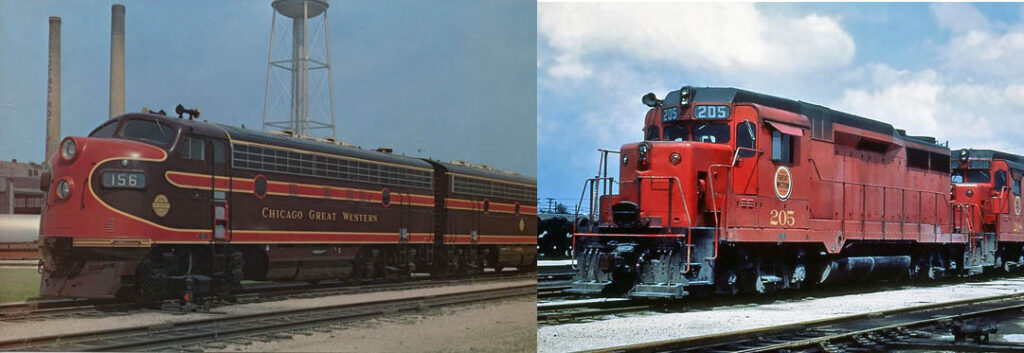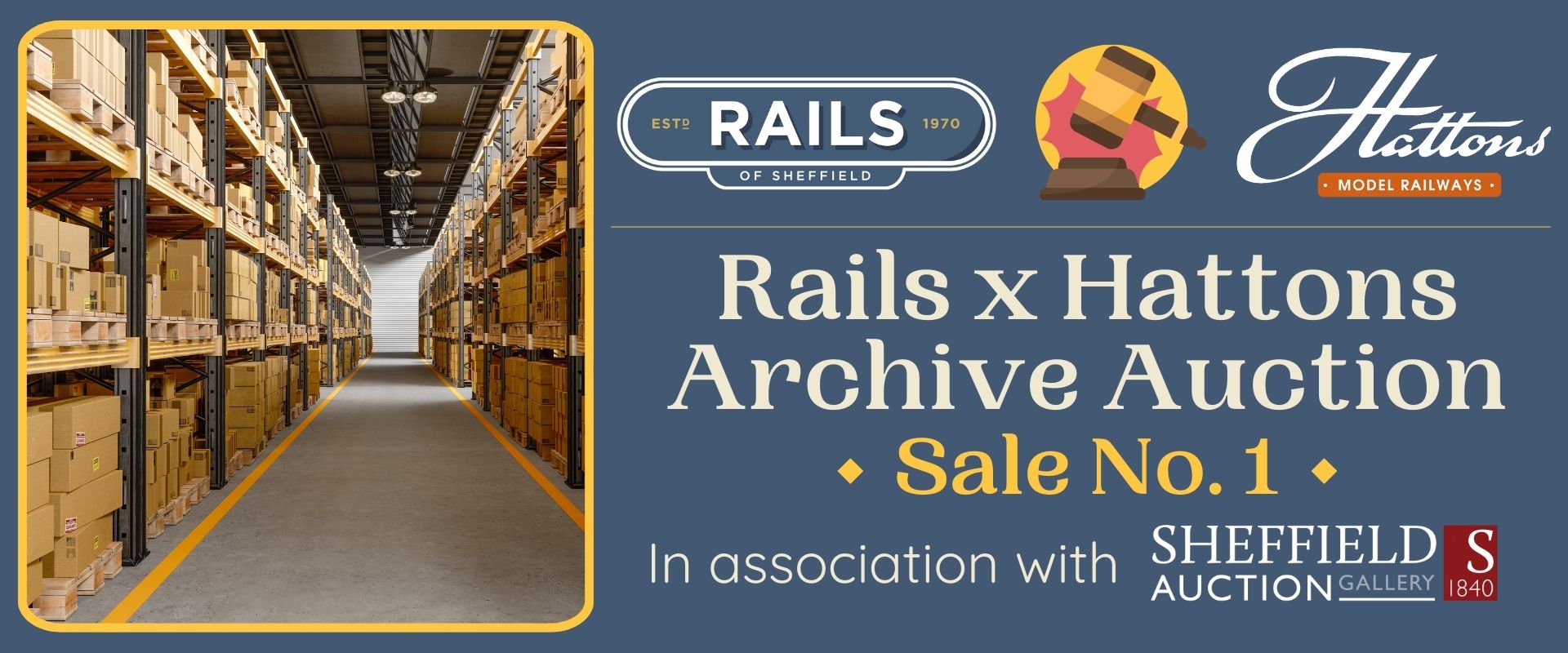Hornby are producing a newly tooled range of LNER Coronation articulated coaches in OO gauge. These inimitable luxury vehicles are to be produced as articulated twin coach sets, alongside a model of the unusual observation car.
Early running samples have now been revealed, which can be seen here. Hornby have advised that decorated samples are due to follow on shortly – with final release currently slated for Summer 2024.
Pre-Order Now
Livery Renders
Product Features:
Highly detailed model with separately fitted parts including handrails, lamps, lamp irons, pipework, underframe parts and more
Accurate tooling variations for different vehicle types
Intricate livery application and printing
Fully detailed and accurate interiors
Magnetic close couplings
Prototype Information
Named to mark the coronation of King George VI, ‘The Coronation’ was for a time the LNER’s flagship express passenger service. The train ran between London and Edinburgh in as little time as 6 hours. The service was formed by a rake of four pairs of specially designed streamlined coaches, with the addition of a streamlined observation car other than in the winter when the short period of daylight precluded the views.
One service was run in each direction each day, the down service departing London for Edinburgh at 16:00pm, and the up service leaving Edinburgh at 16:30pm. Services were usually pulled by an A4 Class locomotive, commonly liveried to match the rest of the train.
The coaches were based upon the successful Silver Jubilee design and featured extensive attempts to reduce drag and increase comfort including the use of articulated pairs of coaches sharing bogies which limited the gap between the coaches, and aerodynamic underframe skirting.
In total, 4 sets of coaches were built plus the two observation cars. 2 sets were used for ‘Coronation’ (and ‘Talisman’; the return service) 1 set for the West Riding Limited service to Leeds, and 1 spare set which could be used for any of the preceding services. After the war, the services were not resumed, and the sets were split up.
After a fire in 1951, additional doors were added to the twin sets to reduce the time needed to disembark in emergencies. All coaches lost their underframe skirting to aid maintenance and reduce unnecessary weight.
Formation (observation car and locomotive both turned and arranged depending upon direction of travel):
Brake Third (A) + Kitchen Third (Twin) (B)
Open First (C) + Open First (Twin) (D)
Open Third (E) + Kitchen Third (Twin) (F)
Open Third (G) + Brake Third (Twin) (H)
 Hornby showcase LNER Coronation Running Samples
Hornby showcase LNER Coronation Running Samples


 Announcing the Rails x Hattons Archive Auction
Announcing the Rails x Hattons Archive Auction